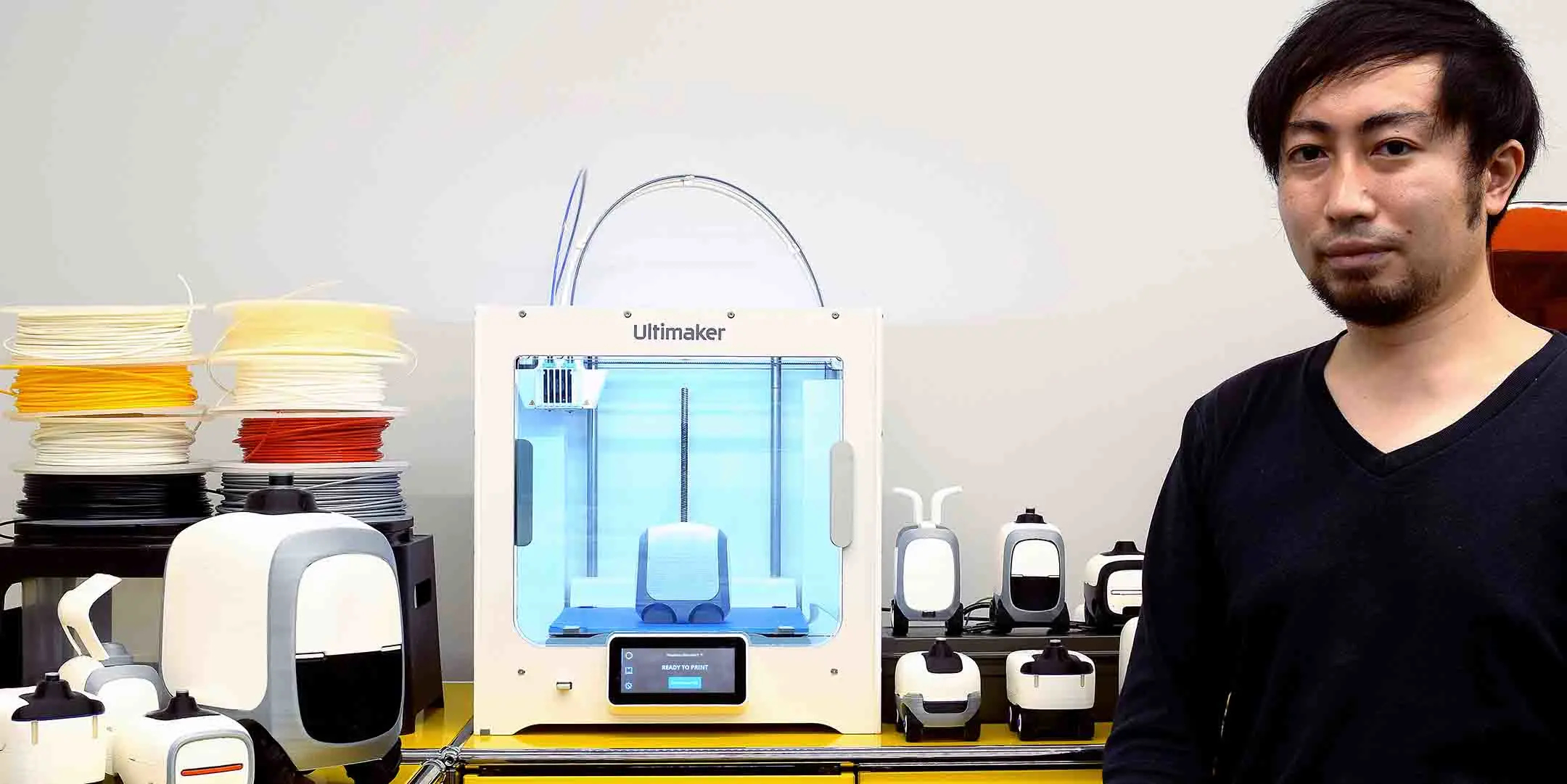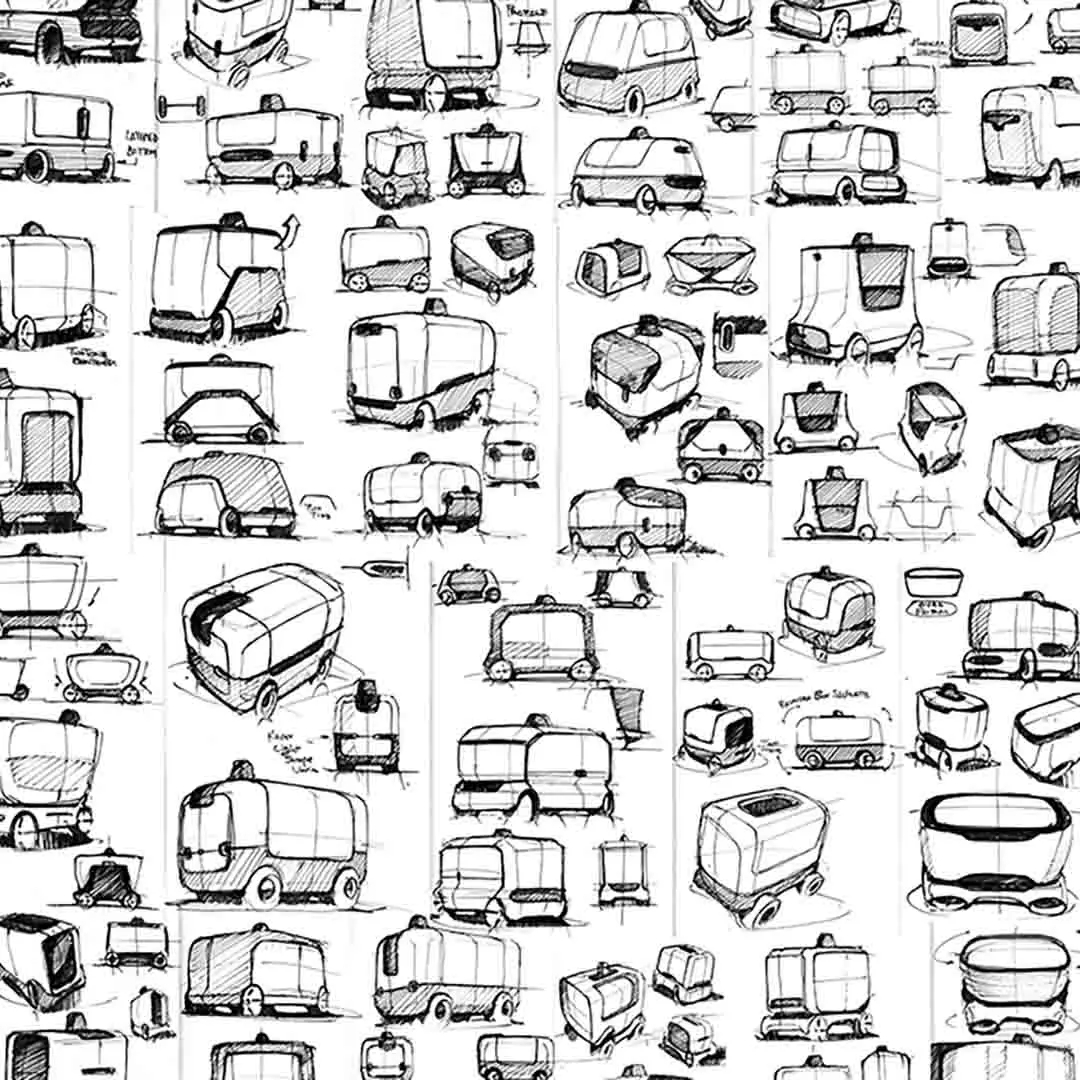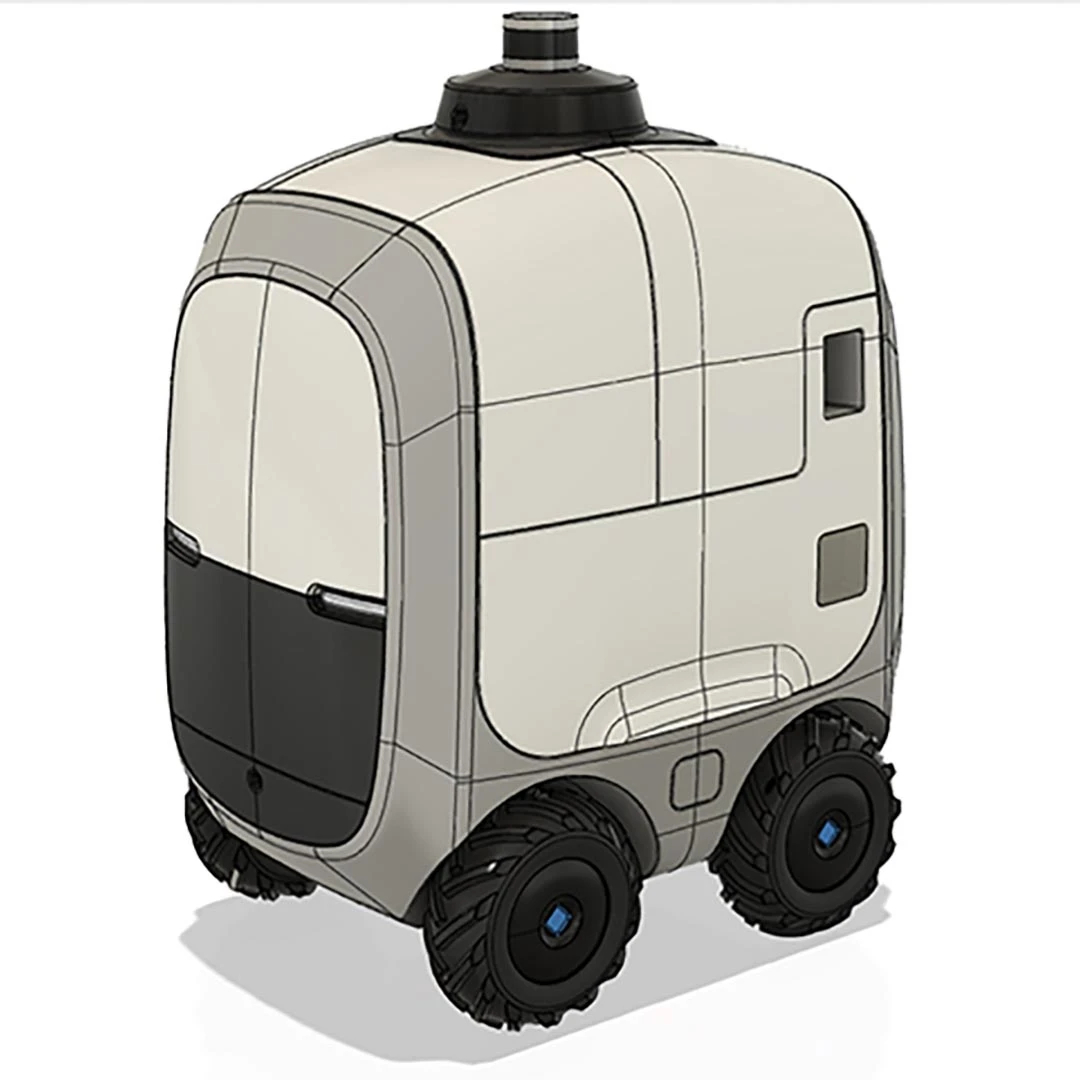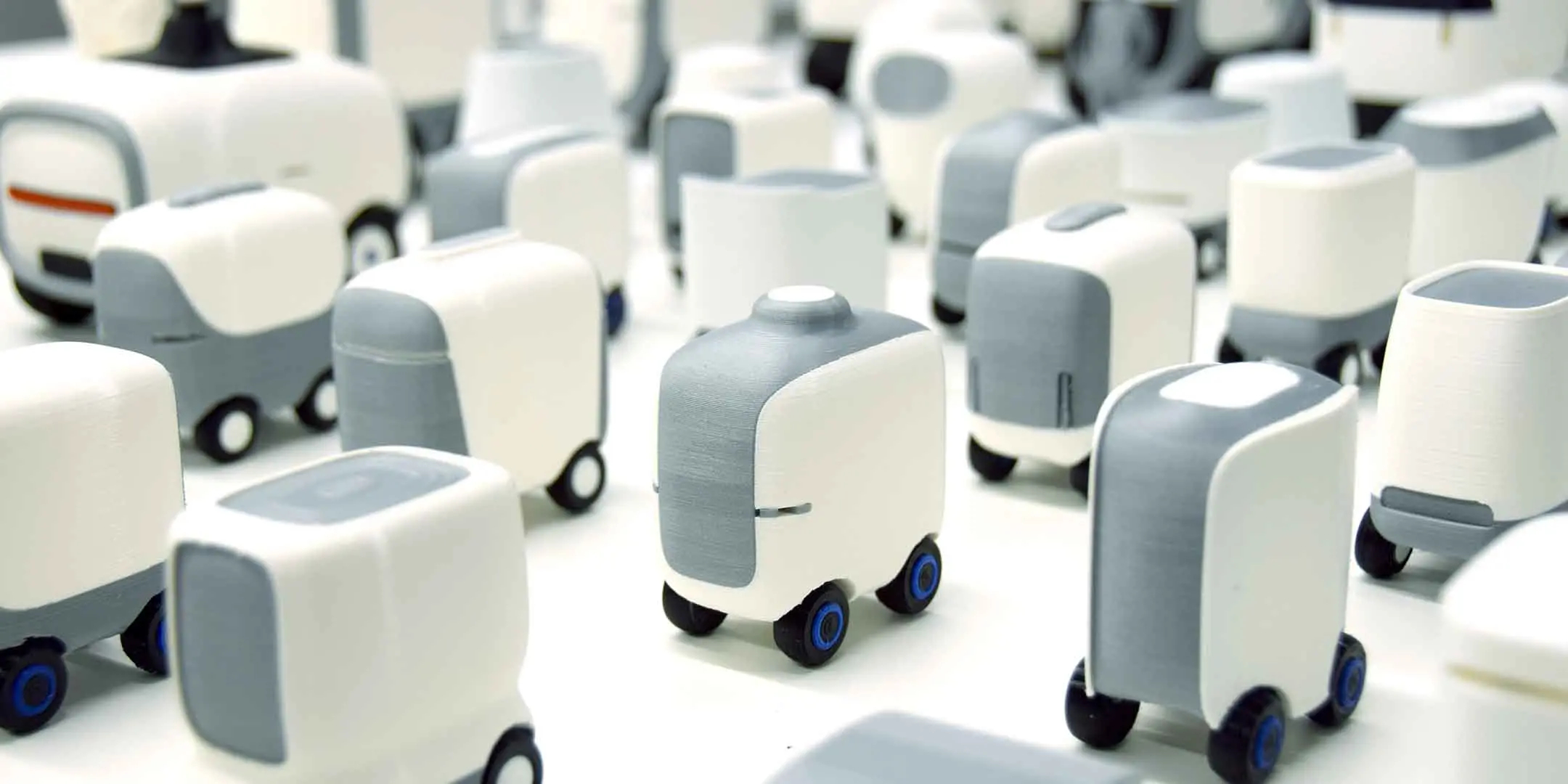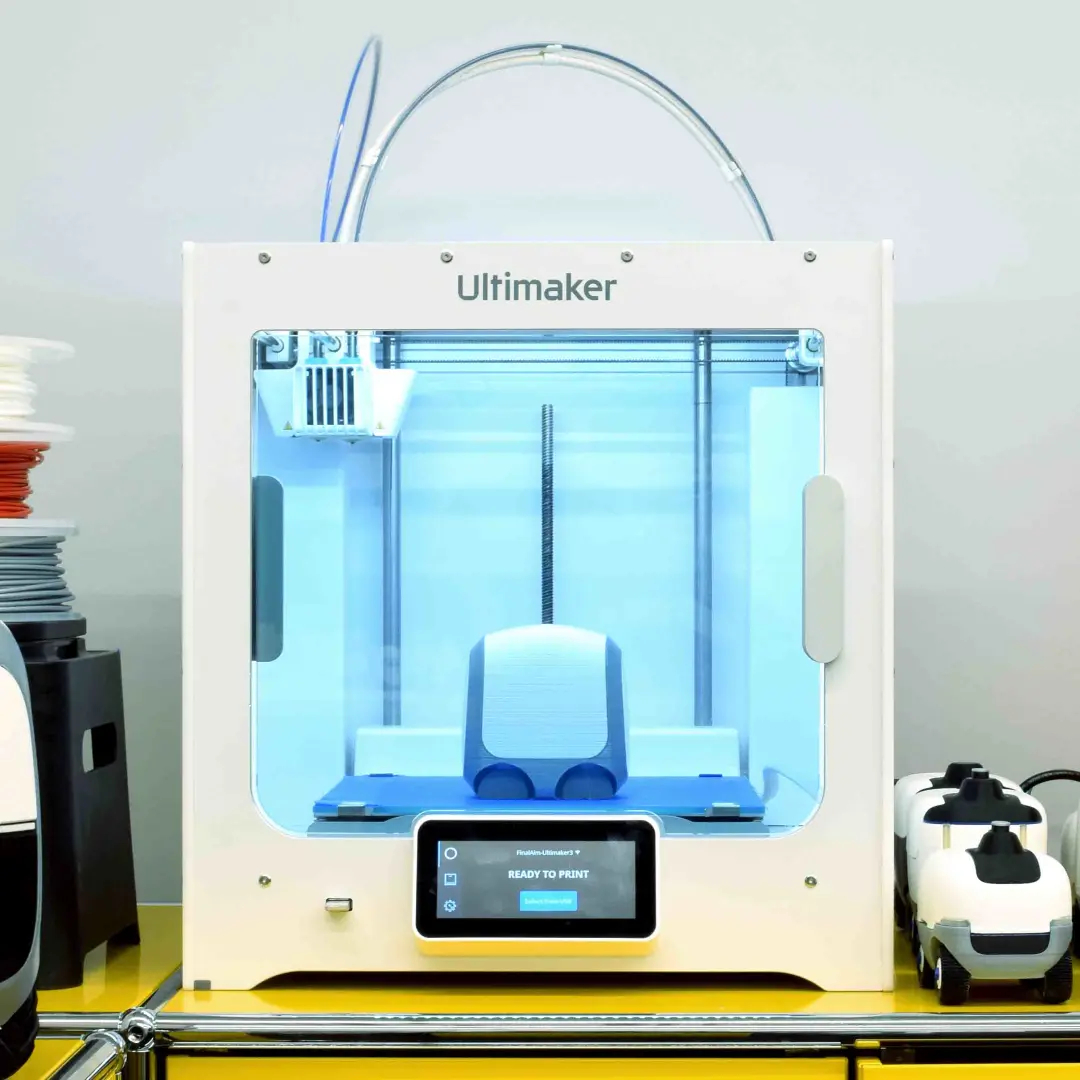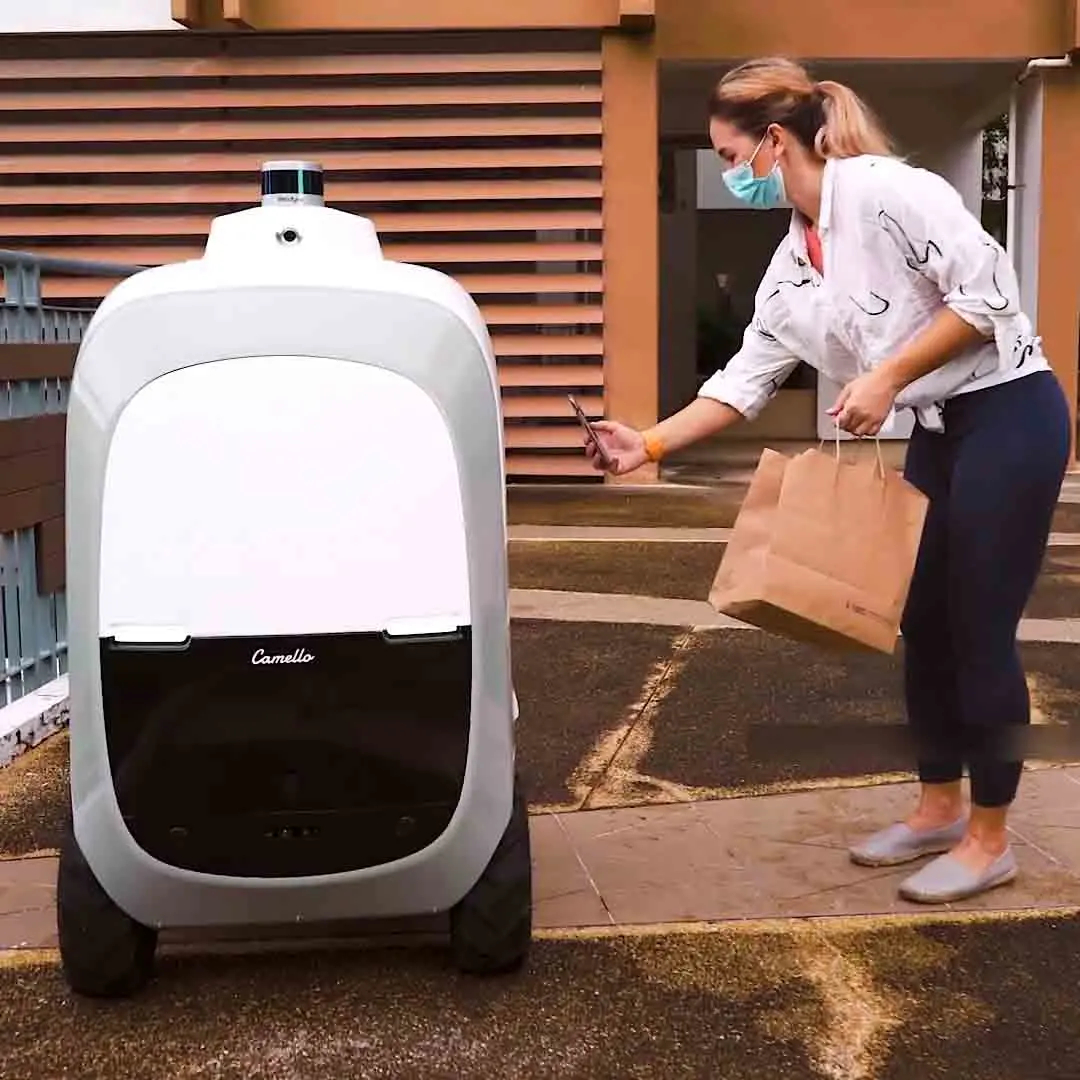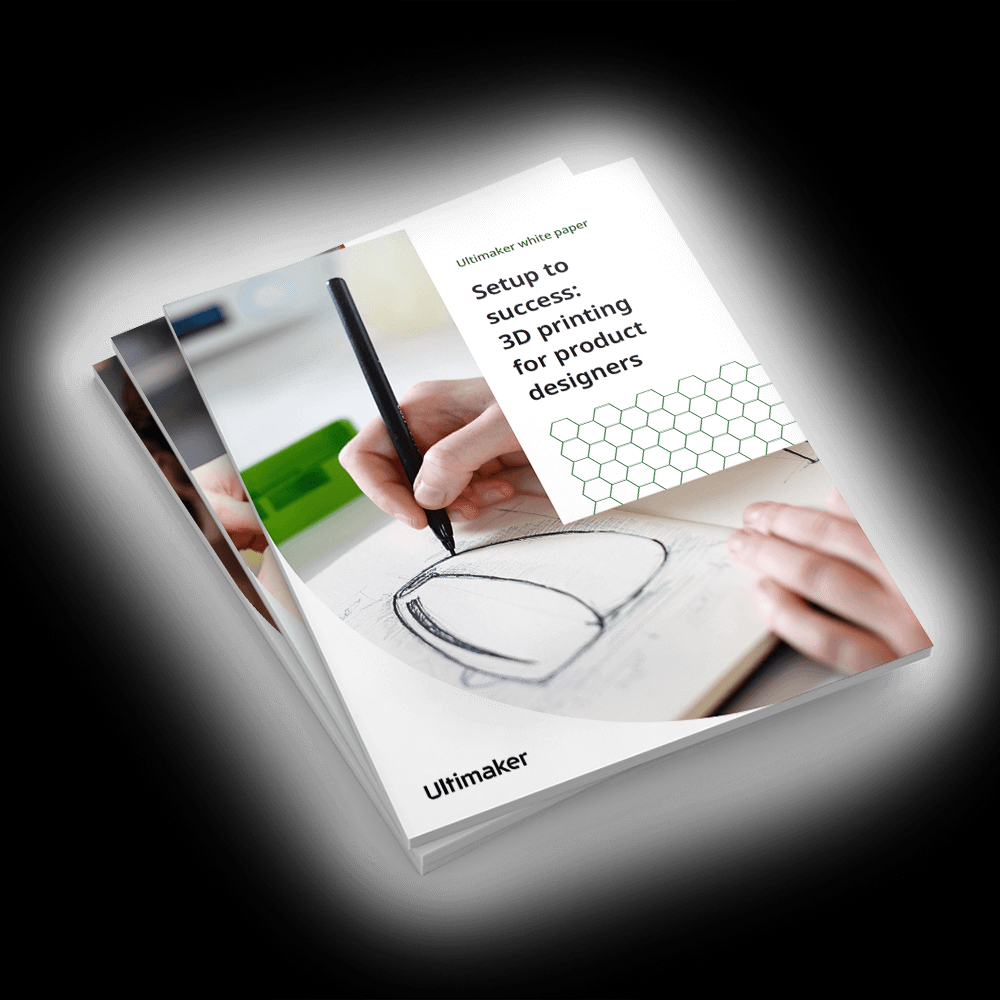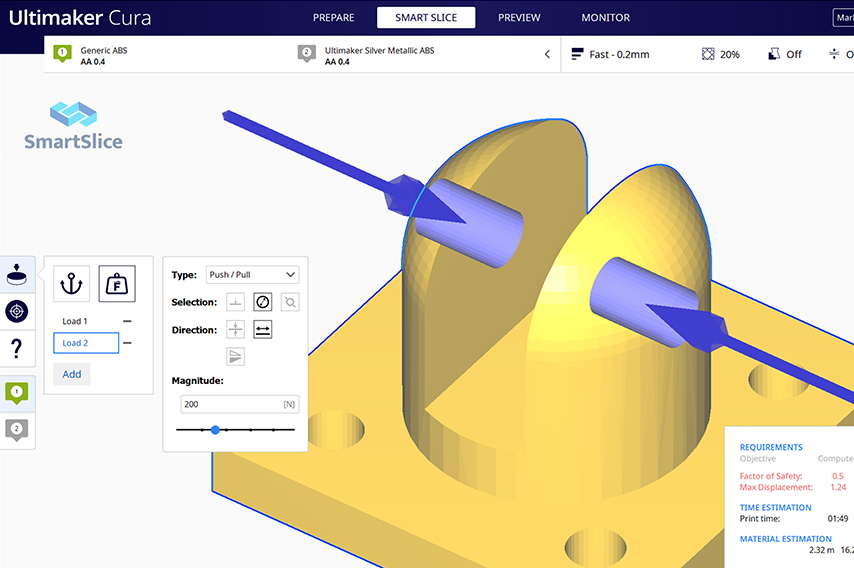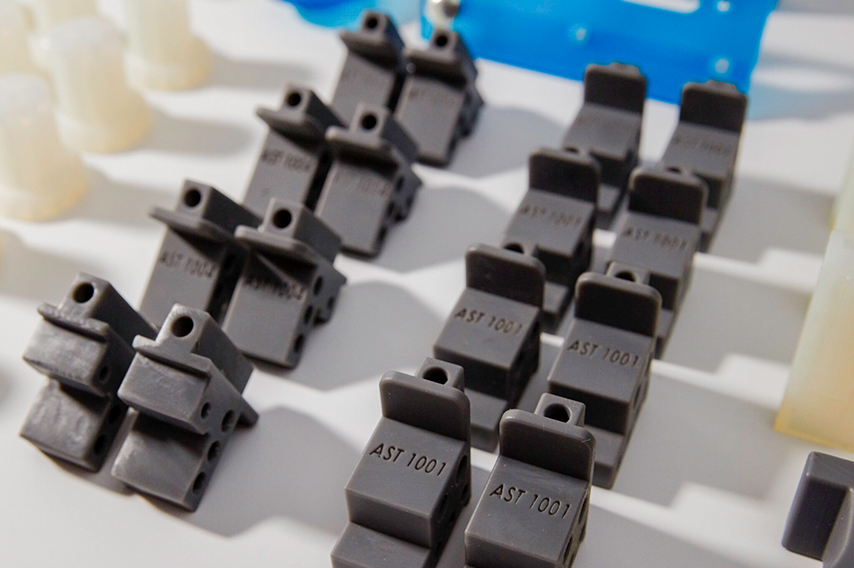
Whether you’re a 3D printing aficionado or just getting started with this in the classroom, printing trinkets gets old quickly. When searching for your next project, why not take on something that flexes your creativity and benefits others?
3D Printing in the Real World
3D printing isn’t just something to create a spinning table top for a school project! Practitioners of Biomedical Engineering use this technology regularly. In fact, every time a prosthetic arm is prepared for a patient, customized work must be done to create the right fit.
When a patient receives a prosthetic hand or limb it is usually ordered “off the shelf”. The new prosthetic must be fitted to ensure compatibility with the size and shape of the person’s arm, write, or remaining limb. Just like fingerprints, each person is slightly different in the shape and size of their amputation site. Additionally, some amputees have their full arm remaining while others have also lost their full forearm. 3D printing techniques allow prosthetists to create customized fits for every patient based on their needs.
The NeuroMaker Connection
NeuroMaker’s materials and culminating experience, the NeuroMaker Challenge, provide students the opportunity to apply their knowledge of prosthetic and assistive devices to solving a real world problem. Students are encouraged to implement new technologies, including additive manufacturing.
Educational Use Case: King Kekaulike High School
Team Digit Prosthetic Band from King Kekaulike High School in Hawaii 3D printed out a specialized Biomedical attachment to a prosthetic finger. These specialized parts allow a person missing a finger to add one artificial finger from an artificial hand onto their wrist for better quality of life.
Educational Use Case: Central High School
Team Commodores of Perry Central High School in Indiana 3D printed out a specialized digit for their prosthetic hand which allows the placement of a piezo sensor. This sensor allows an amputee to detect how much pressure is being applied to an artificial finger. This group of students discovered applications for an amputee holding a baby and ensuring that not too much pressure is applied.
3D Printing Pieces to Investigate for Customized Prosthetics
Depending on how much adventure you’d like to take on, there are multiple ways to design custom pieces to real world prosthetic arm projects. Here are some quick ideas!
Custom Box to Hold Control Components
Learn how to create and print out the case which will hold the “brains” of your prosthetic by watching below.
Once this item is drafted, this attachment will be placed on top of the Arm component of the NeuroMaker prosthetic. This will house all the electrical items needed to control your real prosthetic!
Arm Attachment
Learn how to create and print out a sample housing for your prosthetic to attach to a limb here by watching below.
Once this item is drafted and printed, this attachment will be grasped by the wearer and will house the other pieces of the NeuroMaker prosthetic. This will be the main housing and grip attachment for your prosthetic arm!
Finger Pieces
Learn how to create and print customized finger pieces by watching below.
Base
Once this item is drafted, this attachment will be connected to the distal and proximal finger attachments. This piece will allow your fingers to connect together on your new prosthetic!
Proximal Finger Base
Once this item is drafted and printed, this attachment will be modified to attach to the provided NeuroMaker Hand finger digits. These digit attachments will provide better control and grip functions for your prosthetic!
Distal Finger Attachment
Once this item is drafted and printed, these finger modifications will be attached to the NeuroMaker Hand finger pieces. These adjustments will work with the proximal finger attachments to provide greater control and functions of your prosthetic hand!
Mid Finger Linkage
Once this item is drafted, this attachment will be connected to the finger attachments of your NeuroMaker Hand to provide stability. This piece will allow your fingers to connect together on your new prosthetic!




